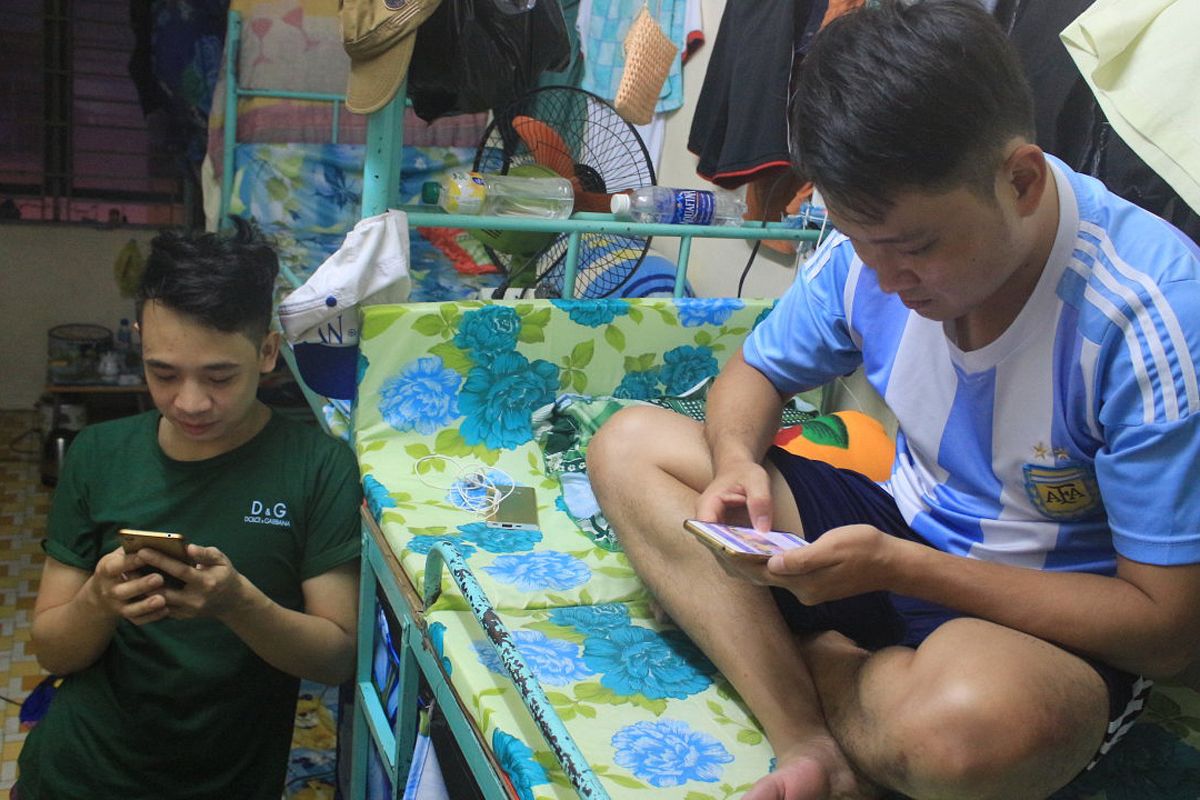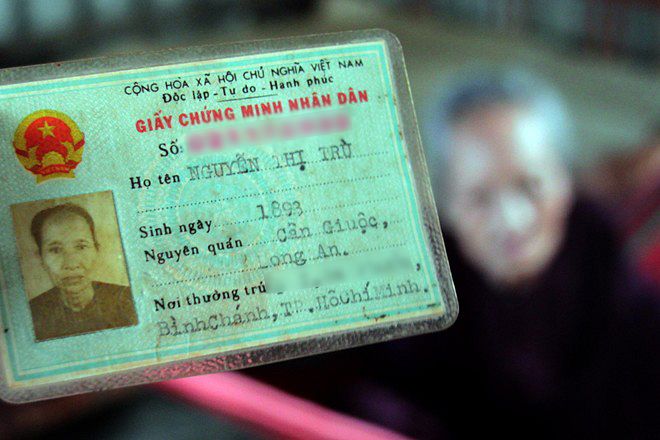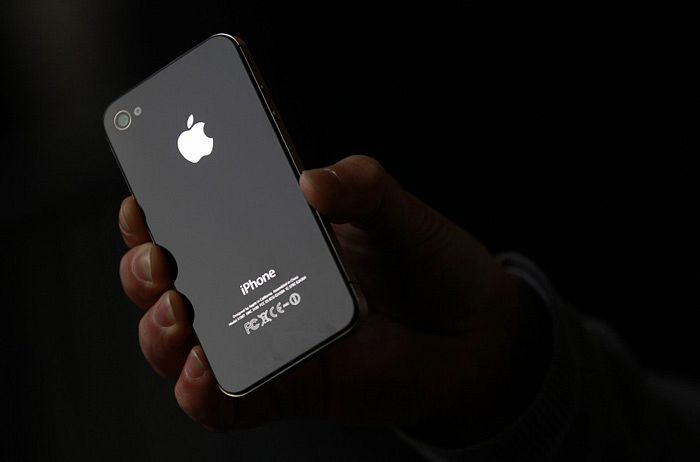By late May, Saigon will have its own international-standard emergency medical response center.
Though various hospitals around the city provide patient transportation and even a 115 emergency response number, these services often lack the necessary equipment to provide medical care in emergency situations. The forthcoming response center, operated by Family Medical Practice, will be the first to employ state-of-the-art software, extensively trained emergency response operators and emergency physicians and nurses in each ambulance.
According to a press release from Family Medical Practice, the response center will stay open 24 hours a day, seven days a week and provide services in both Vietnamese and English. Callers can dial *9999 to access the response center, which will initially limit its services to Districts 1, 2 and 3 before expanding further into the city. These services will be provided on a subscription basis, with individuals paying a small annual fee to cover the cost of the emergency response team, though ambulances will also pick up non-subscribers in emergency circumstances. Family Medical Practice expects its call center to be operational by the end of May.
Once a call is made, the response center will make use of ProQA, a program found in emergency call centers worldwide which employs over 1,500 algorithms to prompt call operators with questions for the caller and also decide whether or not to dispatch an ambulance to the scene. In addition, all emergency response dispatchers will receive six months of training by experts from the International Academies of Emergency Dispatch prior to the call center's launch.
Beyond providing emergency medical assistance, ambulances will also transport patients to their desired hospital, meaning a patient does not necessarily have to receive care at Family Medical Practice, though physicians will have the power to override that decision in certain emergent circumstances.
Last Friday, center operators responded to a simulated emergency at Binh Thanh District's Saigon Pearl. Following the call, which took place at 2:30pm, the center dispatched an ambulance to the scene, which arrived within six minutes. While this was an admirable start, commuters know all too well that traffic can change depending upon the time of day; Family Medical Practice also acknowledges the obstacles they face in navigating the city's congested streets.
“Our biggest challenge is time,” says Family Medical CEO Rafi Kot. “In the US, the gold standard for ambulance arrival is eight minutes. Seventy-five percent arrive within eight minutes of the initial call and 99% arrive within 15 minutes. It’s about the response time and how you position the vehicles around the city.”
Moving forward, Family Medical Practice hopes to change public perception in Saigon regarding the function of ambulances, introducing the work of paramedics into local medical care and providing emergency medical services that go beyond basic patient transportation. The emergency response team will continue to tweak its operations ahead of the official launch date.
[Photo courtesy of Family Medical Practice]














